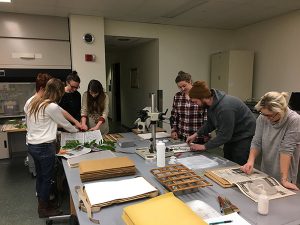A massive global effort is underway to create digital records of biological collections and to make these resources available online. Plants, animals, fungi — they’re all being entered into databases and, in many cases, made available as digital images.
Through this process, biological collections that have existed only in far-away corners of the globe are becoming almost instantly available to anyone with a computer and an Internet connection. Biologists have been using natural history collections for centuries to investigate all kinds of important biological questions. In the past, they had to travel all over the world to examine specimens, spending years to collect data. Now, unprecedented online access makes possible new kinds of research that can be done only with huge numbers of specimens, and simpler questions can be answered more quickly than was possible ever before.
Introduction to curating bryophytes and lichens
Inter![]() ested in learning about how mosses, liverworts, hornworts, and lichens are preserved, stored, and organized in an herbarium? Our Bryophyte and Lichen Training Module (slightly corrected version posted Sept. 29, 2022) has a simple format with photos and “how to’s”. A powerpoint version of the module is available by request.
ested in learning about how mosses, liverworts, hornworts, and lichens are preserved, stored, and organized in an herbarium? Our Bryophyte and Lichen Training Module (slightly corrected version posted Sept. 29, 2022) has a simple format with photos and “how to’s”. A powerpoint version of the module is available by request.
Lesson plans using natural history databases
Connecticut teachers developed the following lessons plans to use with their students. Feel free to use these activities and to modify them to meet the needs of your own students! We welcome additional exercises that you develop for use in your own classroom.
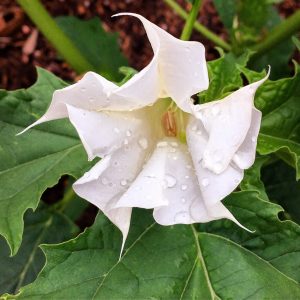 Flowering times: Are they changing?
Flowering times: Are they changing?
Students examine evidence that the climate is warming in Connecticut and investigate whether this has had an effect on flowering phenology – that is, on when flowers bloom.
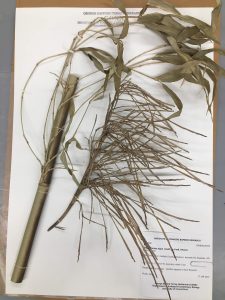 Dating invasive species
Dating invasive species
In this exercise, students assemble information on non-native plant species — how they have increased in frequency in Connecticut and why they are ecologically important.
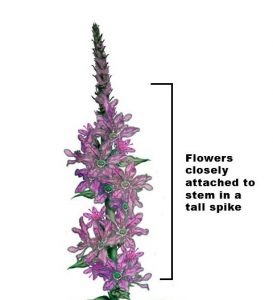 Tracking a purple invasion
Tracking a purple invasion
Students use an online database to download data on the frequency and distribution of an invasive plant and then use the data to plot the species’ spread. They also investigate the properties of the plant and consider why we might care about invasive plants.
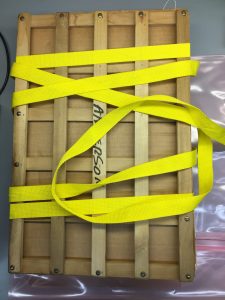 Making a plant collection
Making a plant collection
In this lesson plan, students collect plants and preserve them so they can be used in the future for research and education. Then they will become familiar with using online herbarium data and will respond to questions about the meaning of the information they find in the “Virtual Herbarium.”
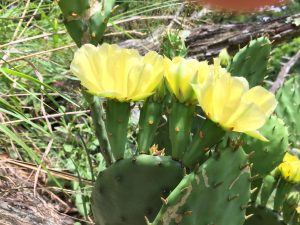 Rare plants
Rare plants
Students collect data on plants that are on the state’s list of endangered and threatened species. They plot change in a species’ frequency over time and consider why a species may be less widespread now than it was in the past.
Additional Resources
For more information, check out these other educational resources about the wonderful world of plants and more natural history databases!
If you have suggestions or comments or have curricular material you would like us to consider for these pages, please send an email to Sarah Taylor, the plant collections manager at the herbarium.
